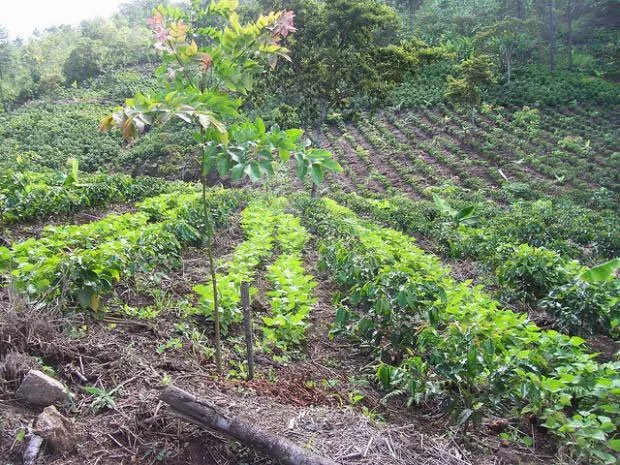CLIMATE CHANGE ADAPTATIONS
With the growing impacts of climate change, existing threats to safety and resilience are being significantly exacerbated, tremendously increasing the vulnerability of those already at risk. Areas of particular concern include communities with vulnerable livelihoods, food and environmental insecurity, HIV/AIDS, gender inequalities, weak security and governance, lack of infrastructure and education, and lack of access to appropriate resources and capacities.
Experience has shown that safety and resilience can be addressed most effectively by building communities’ capacities to reduce their vulnerabilities to hazards, recognizing that risk is ultimately driven by the combination of the hazard environment and vulnerabilities to those hazards. Without addressing the vulnerability side of the equation, community exposure to natural hazards cannot be reduced in a sustainable way that contributes to resilience. Communities must also be willing to ground their efforts in the broader risk context, otherwise distributional issues between communities may arise.
To achieve this, COHF has been at the forefront in promoting Climate-Smart Agriculture (CSA) in partnership with FAO & CBOs (Community-Based Organizations) in our areas of operation as an integrated approach to managing landscapes—cropland, livestock, forests and fisheries–that address the interlinked challenges of food security and climate change. Besides it promotes establishment and management of tree nurseries and promoting sustainable agroforestry. Agroforestry practices integrate diverse trees or shrubs with crops and livestock. In particular, pastures with trees can sequester five to 10 times more carbon than treeless areas of the same size. Farmers can also be more productive by growing crops and raising livestock simultaneously using significantly less land. Diversifying crops and including livestock on these lands can give farmers additional sources of income and reduce the risks to livelihoods caused by climate change and unpredictable weather.
